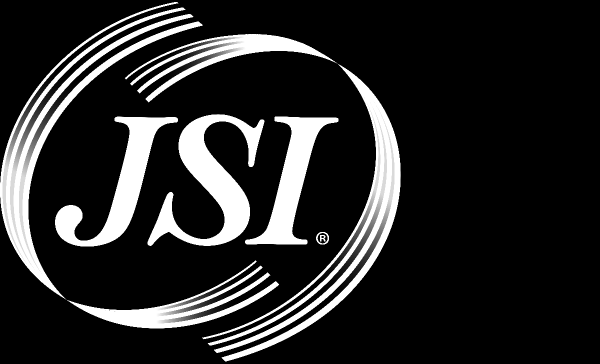
FCC Proposes New Video Set-Top Box Rules

Dismisses Integration Waiver Petitions
Traditionally, set-top boxes include a security feature that decodes or descrambles the signals so that subscribers can see only the channels that are part of their service packages. The boxes also contain non-security functions, such as those that allow subscribers to navigate between the channels and access programming guides. In 1998, the FCC adopted rules requiring multichannel video programming distributors (MVPDs), including cable, IPTV, satellite and other video providers, to make the security feature available separately from other set-top box functions to allow consumers to purchase set-top boxes with non-security functions at retail stores (otherwise known as “navigation devices”).
The STELA Reauthorization Act of 2014 (STELAR) eliminated the requirement to separate video security from the video hardware and required the FCC to develop rules to promote competitive availability of navigation devices. Pursuant to this directive, on February 18, the FCC issued a Notice of Proposed Rulemaking (NPRM) to address the competitive availability of navigation devices. Last week, the FCC took an additional step and dismissed several petitions for waiver related to the security integration ban.
NPRM on Competitive Navigation Devices
The FCC’s NPRM invites comments on proposed rules designed to make the market for navigation devices more competitive. In 2010, the FCC initially proposed an AllVid device, which was a separate and distinct piece of hardware from the set-top box. This more recent NPRM takes a different approach which builds on the latest IP technologies to provide access to video programming in the home by using the information in the IP control signals. The FCC proposes that the video providers include three information flows in the video delivery control:
- service discovery (information about what programming is available to the consumer, such as the channel listing and video-on-demand lineup, and what is on those channels),
- entitlements (information about what a device is allowed to do with content, such as record it), and
- content delivery (the video programming itself, along with information necessary to make the programming accessible to persons with disabilities).
By including these information flows, the video provider will be able to meet the seven competitive objectives of the FCC:
- Consumers should be able to choose how they access the video programming to which they subscribe (g., through the set-top box or app provided by the video operator, through a set-top box offered by an unaffiliated vendor, or through an application or search interface offered by an unaffiliated vendor on a device, such as a tablet or smart TV).
- Video providers and unaffiliated vendors must be able to differentiate themselves in order to effectively compete based on the user interface and complementary features they offer users (g., integrated search across video operator content and over-the-top content, suggested content, integration with home entertainment systems, caller ID, and future innovations).
- Unaffiliated vendors must be able to build competitive navigation devices, including applications, without first obtaining approval from video providers or organizations they control.
- Unaffiliated vendors must implement content protection to ensure that the security of services provided by video providers is not jeopardized, and must respect licensing terms regarding copyright, entitlement, and robustness.
- Rules should be technology neutral, permitting both software (g., cloud delivery) and hardware solutions, and not impede innovation.
- Rules should allow consumers to use the same device with different video providers throughout the country.
- Rules should not prescribe a particular solution that may impede the video industry’s technological progress.
There is concern that these changes may require a video provider to modify all of its set-top boxes. Some disagree stating that only software upgrades will be required. JSI recommends that companies discuss the impact of these proposed changes with their set-top box manufacturers and assess the potential impact.
The FCC has already determined that analog-only video systems will be exempt from any new rules. An exemption for small video operators with less than 1,000,000 subscribers has been requested by the American Cable Association (ACA), but this is open for comment.
The FCC also is considering rules that would require all charges for navigation devices, including set-top boxes, routers, and modems, to be independently identified and separate from a bundled video package. Many IPTV video providers include at least the first set-top box as part of their base service. This would no longer be allowed under the proposed rule.
Timing
The deadline for comments is April 22 and reply comments are due May 23. These dates were extended after ACA requested more time to file comments on the complex technical questions in the NPRM. The NPRM proposes that any new rules would become effective two years after the final rules are adopted.
Integration Ban
In 2007, JSI filed a joint waiver petition for several clients that sought relief from the requirement to separate the security software from the set-top box for systems that were all digital, including IPTV systems. In addition, NTCA filed a general petition for all of its members seeking a waiver from providing CableCards on IPTV systems. Specifically, the petitions requested relief from complying with Section 76.1204(a) of the FCC’s rules, known as the “integration ban,” which prohibits placing new set-top boxes into service with integrated security.
In a Memorandum Opinion and Order released late Friday, the FCC found that STELAR eliminated the integration ban effective December 4, 2015. Due to this, the FCC found that the waivers were moot and dismissed the requests. IPTV providers will not be required to provision CableCards until standards are developed for video operators that have IP interfaces. The criteria for IP interface standards for use on both IPTV and digital MVPD systems are included among the items the FCC seeks comment on in the NPRM.
If you have any questions about the proposed rules or the dismissed waiver petitions, or if you would like to submit comments, please contact Valerie Wimer at 301-459-7590.
Source: JSI e-Lert




